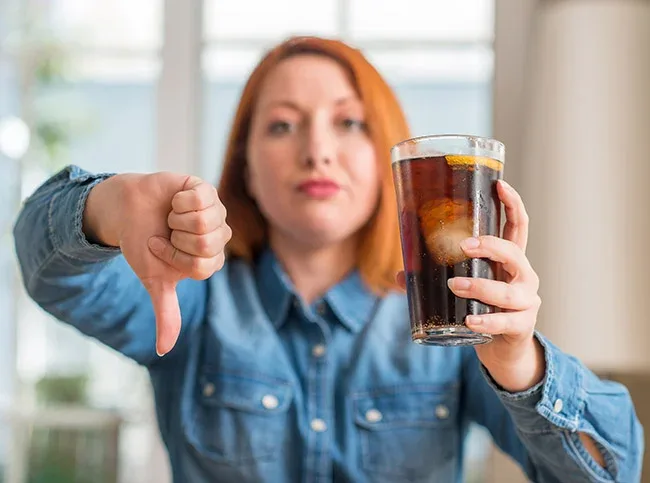4 Bad Beverage Habits to Get Into

One of the sneakiest ways to take in more calories and sugar than you’re anticipating is by getting into bad habits when it comes to beverages that aren’t good for you. This can come from grabbing a drink from the vending machine at work, stopping for a sugary hot drink while you’re out running errands, or winding down with some of your favorite drinks at night.
Indulging occasionally is fine, but Center’s Healthcare has a look at the four worst beverages to get into the habit of consuming regularly.
- Soda
Soda may taste refreshing and provide you with an energy boost (depending on what you’re drinking), but it’s one of the worst things you can drink. In fact, sodas are one of the top sources of added sugars in the United States. A 20-ounce bottle of soda can have up to 50 grams of sugar in it, which is the same as 10 teaspoons of sugar. Now think about what you might put in your coffee, and you realize this is a lot of sugar.
- Diet Soda
Soda manufacturers realized that not everyone is able to consume so much calories and sugar, so diet soda was created. The problem with this is that the sugar substitutes that are used in diet soda can actually make it harder for you to lose weight due to glucose intolerance that these drinks can cause in the body. And these artificial sweeteners can also cause you to overeat by stimulating the part of the brain that controls your appetite.
- Specialty Coffees
A cup of black coffee is a great way to start your day, as it can boost your metabolism and help control your appetite. Adding cream and sugar, however, neutralizes that effect. Even worse are specialty drinks that load up on chocolate, caramel, and whipped cream. Some popular beverages on the Starbucks menu can exceed 600 calories and 60 grams of sugar.
- Alcohol
In addition to the calories that alcohol contains (especially beer and mixed cocktails), if you are consuming too much alcohol, your body can start burning that off as energy while storing fat.


